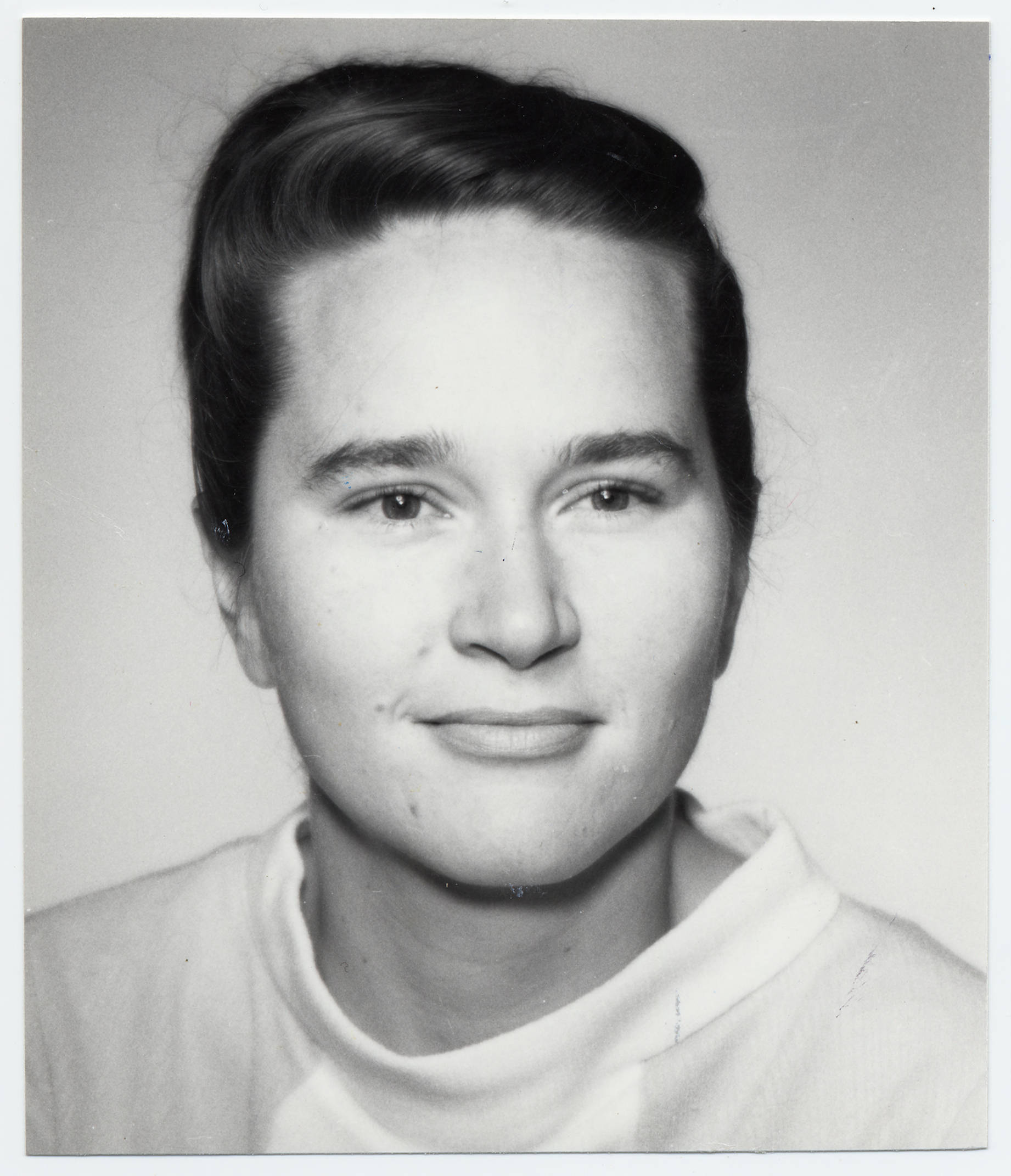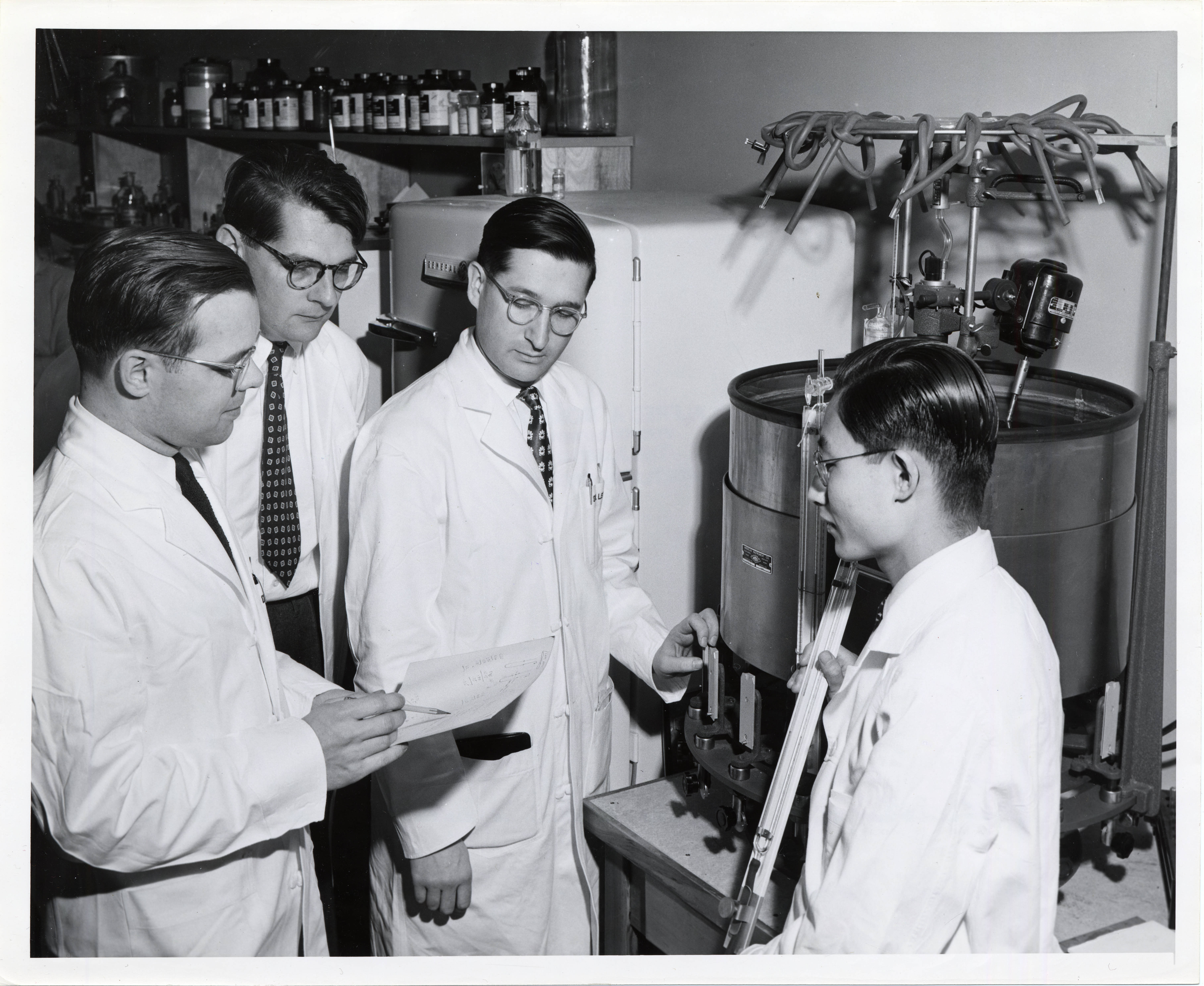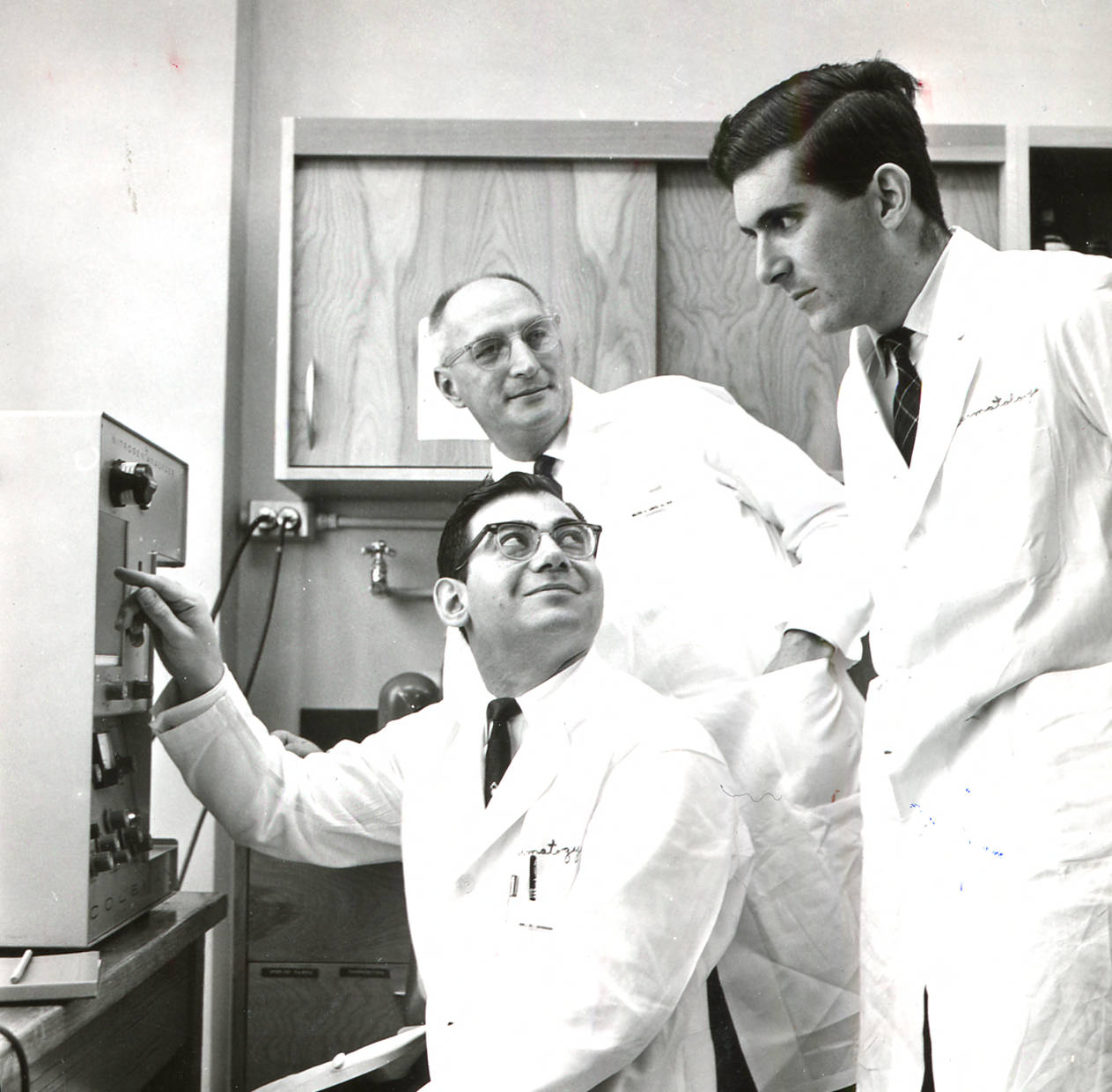Frances Storrs, an acclaimed physician and dermatologist, helped clear the path for generations of women physicians in Oregon and throughout the nation.
When Storrs accepted a teaching position at Oregon Health & Science University’s Department of Dermatology in 1968, dermatology was “basically a men’s club,” said faculty member and dermatologist Richard Dobson. She had just finished her residency at the university, the first woman to do her entire training in the department. Her admission to the all-male faculty was a monumental shift in thinking, according to Dobson. “We debated a long time, and finally we decided that Fran would be OK.”
Storrs’s enthusiasm and determination won over her peers, but a snub in 1971 by the exclusive and then all-male Arlington Club in Portland created a small earthquake in her life. A colleague invited her to a gathering at the club, where local physicians were honoring a well-known dermatologist. Shortly after she arrived, her department chairman told her that if she did not leave the club would ask them all to leave. “It was a true epiphany,” she later remembered. “I couldn’t be prominent because I didn’t have the right anatomy. I had a sense of the irrationality of segregation, of discrimination.”
The incident ignited a fire within her to ensure that other women did not suffer the same insult. It also gave her an appreciation of male colleagues who supported her and who became close friends and allies throughout her career. Storrs was active in the American Civil Liberties Union and pressed for equal pay for women. She helped launch a mentoring program in the Women’s Dermatologic Society, which was widely copied by other societies. The WDS honored her with its first mentorship award in 2003.
Both Storrs’s parents were family physicians. They practiced in Spokane, Washington, where Storrs was born in 1939. She graduated from Cornell Medical College in New York in 1964 and moved to Portland for an internship. After residency and acceptance on the dermatology faculty, she took charge of student teaching and the Contact Dermatitis Clinic, which became her clinical and research focus for the next forty years. Many of her residents and research assistants—both men and women—became prominent dermatologists, and several head their own contact dermatitis clinics at institutions such as Harvard and Dartmouth. Her students have honored her with many top teaching awards.
Storrs discovered new workplace and environmental allergens and treatments and traveled the world as a sought-after speaker and expert. Between 1972 and 2010, she was the author or co-author of about 120 studies published in peer-reviewed journals, ranging from cosmetic-caused skin reactions to virus shedding in herpes simplex and skin-patch testing in children.
Senator Ron Wyden nominated Storrs as a “local legend” in honor of her commitment to service and improving health. The nomination allowed her to be included in a traveling exhibit by the National Library of Medicine to celebrate women physicians nationally and to complement the "Changing Face of Medicine: Celebrating America’s Women Physicians" exhibit.
Storrs served as president of the City Club of Portland and was named Citizen of the Year in 2001. She also received the prestigious American Academy of Dermatology’s Master Dermatologist Award and its highest honor, the Gold Medal. In 2008, the department created an endowed fund, which will be one of only two female-named professorships in the country. Storrs retired from active practice and teaching at OHSU in 2011.
-
![]()
Frances Judy Storrs, M.D., c.1969.
Courtesy University of Oregon Medical School, OHSU Archives, Digital Collections -
![]()
Frances J. Storrs, M.D., teaching students in classroom, 1965.
Courtesy Oregon Health & Sciences University Archives, Digital Collections -
![]()
Frances J. Storrs, M.D. taping her oral history interview for OHSU, 2014.
Courtesy Oregon Health & Sciences University Archives, Digital Collections
Related Entries
-
![Carol A. Lindeman (1935-)]()
Carol A. Lindeman (1935-)
September 1, 1976, was a red-letter day for the University of Oregon He…
-
![Christine Karen Cassel (1945 - )]()
Christine Karen Cassel (1945 - )
One hundred and fourteen years into its history, the Oregon Health & Sc…
-
![Thomas B. Fitzpatrick (1919-2003)]()
Thomas B. Fitzpatrick (1919-2003)
Thomas B. Fitzpatrick, M.D., Ph.D., was a twentieth-century superstar i…
-
![Walter Lobitz, Jr. (1911-2006)]()
Walter Lobitz, Jr. (1911-2006)
Walter Lobitz Jr. was one of the most influential dermatologists in Ore…
Map This on the Oregon History WayFinder
The Oregon History Wayfinder is an interactive map that identifies significant places, people, and events in Oregon history.
Further Reading
"Meet Local Legend: Frances J. Storrs, M.D." National Library of Medicine, National Institute of Health. www.nlm.nih.gov/locallegends/Biographies/Storrs_Frances.html.







